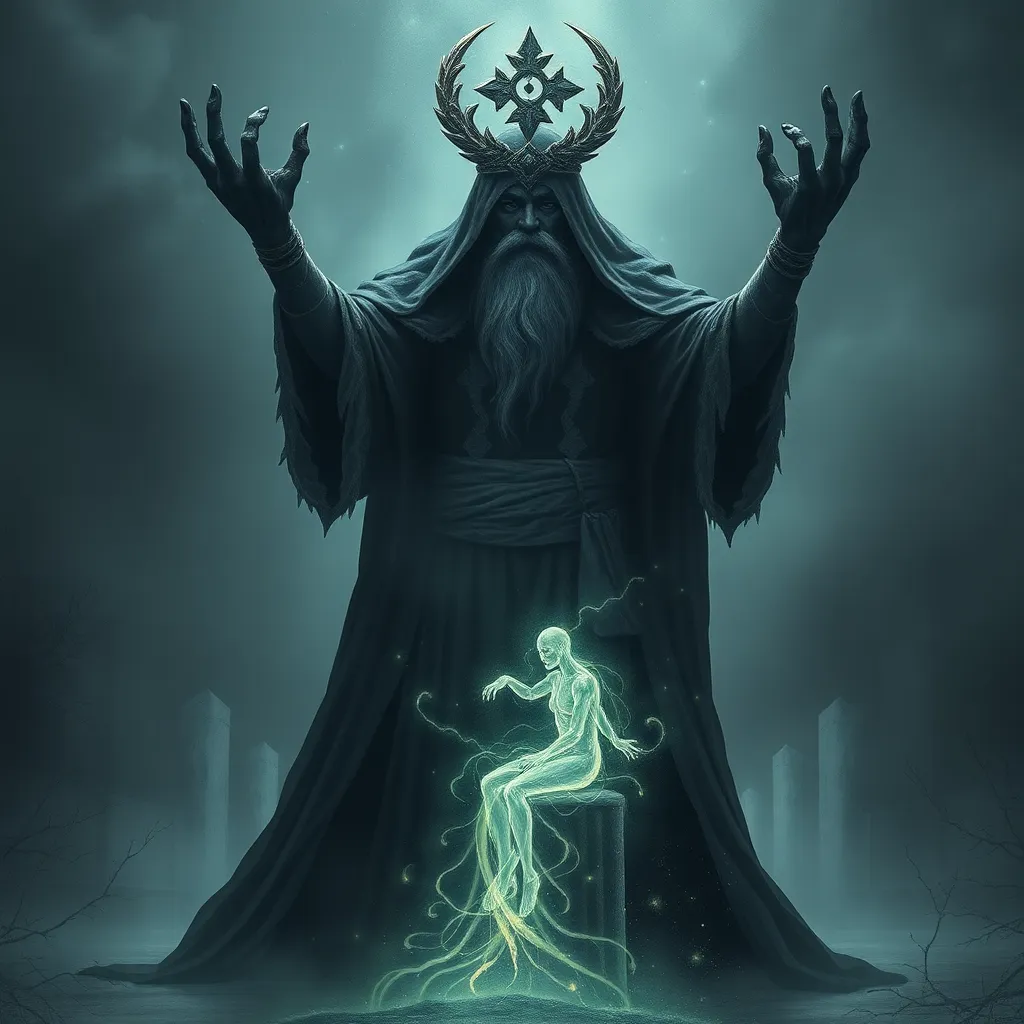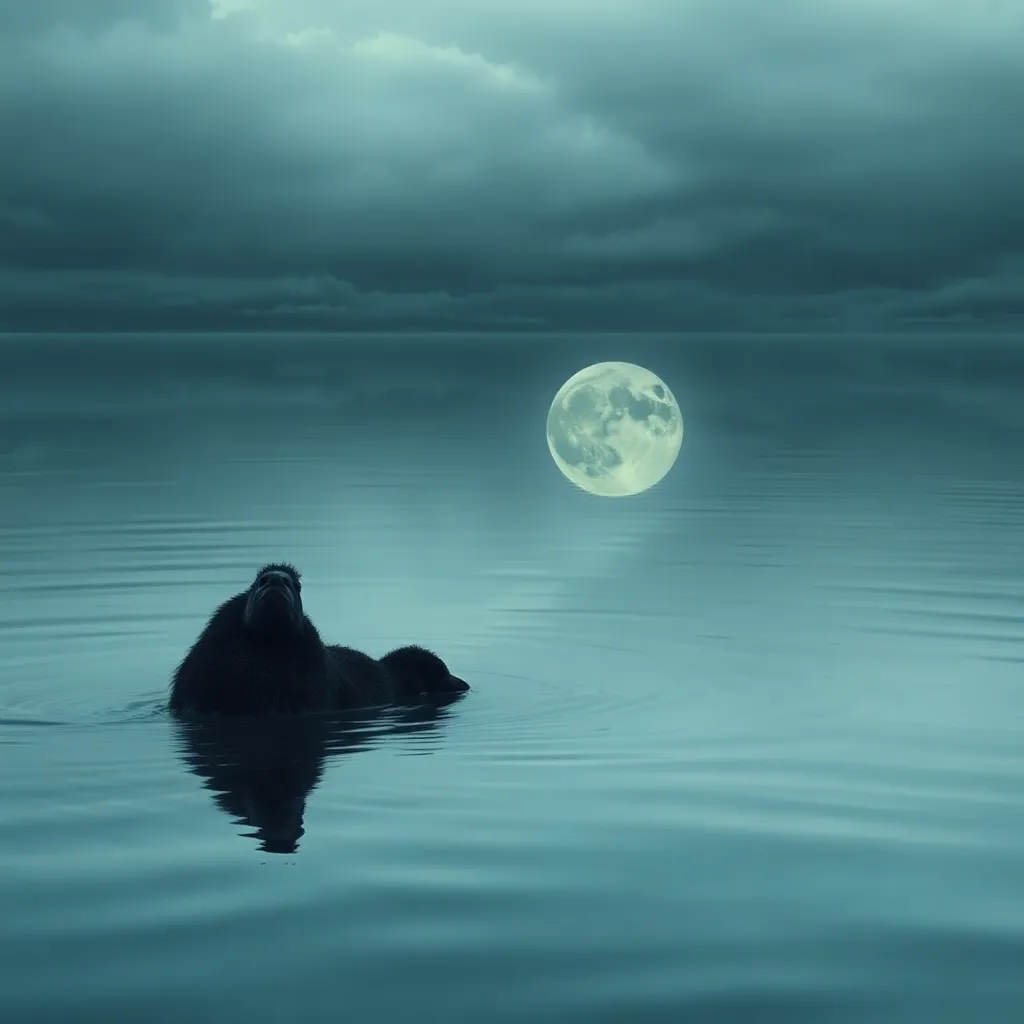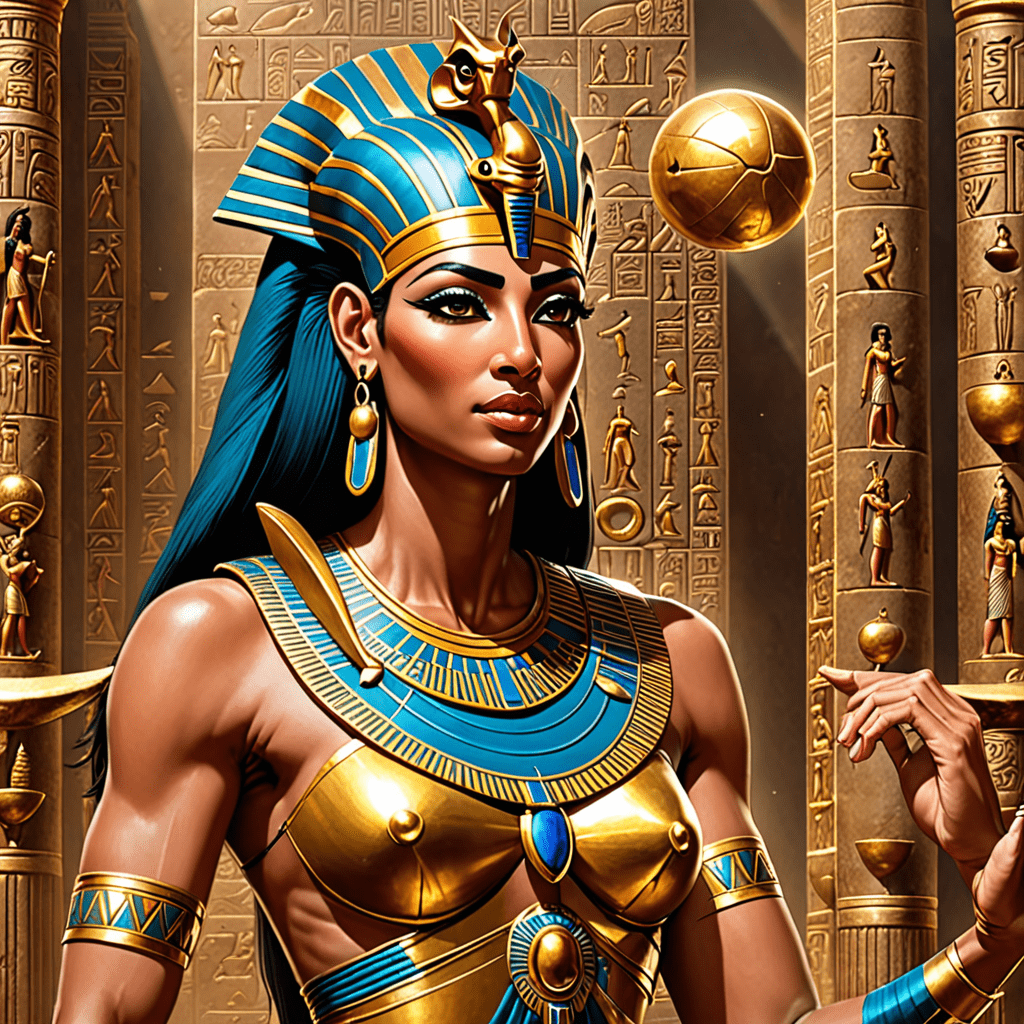The Unbreakable Curse: Koschei’s Legacy in Russian Folklore
I. Introduction
Koschei the Deathless is one of the most infamous figures in Russian folklore, embodying the complexities of immortality and the human struggle against fate. His character serves as a formidable antagonist in many traditional tales, often representing the dark side of power and the consequences of a life that transcends death. Koschei’s significance in cultural narratives extends beyond mere storytelling; he reflects deep-rooted fears and philosophical inquiries into life, death, and what it means to be human. This article aims to explore the origins, characteristics, and enduring legacy of Koschei, delving into his influence on literature, art, and modern interpretations of his curse.
II. Origins of Koschei the Deathless
The origins of Koschei can be traced back to early Slavic mythology, where he is often depicted as a malevolent figure associated with death and the underworld. Historical texts and oral traditions reveal that his character has undergone significant evolution over time.
A. Historical roots and early mentions in Slavic mythology
Koschei’s earliest mentions are found in medieval Russian folklore, where he is often portrayed as a powerful sorcerer who has mastered the art of immortality. He is frequently depicted as an antagonist who kidnaps princesses and battles heroes.
B. Evolution of the character through oral traditions
As stories were passed down through generations, Koschei’s character evolved from a mere villain to a more complex figure. His tales became enriched with moral lessons and reflections on the nature of power and resilience.
C. Influences from other mythologies and cultural exchanges
Koschei’s narrative has been influenced by various mythologies, including elements from the Norse and Greek traditions. The concept of a powerful immortal being resonates across cultures, leading to a rich tapestry of shared ideas and motifs.
III. Characteristics and Symbolism of Koschei
Koschei’s character is marked by distinctive physical traits and profound symbolism that reflect his role in Russian folklore.
A. Physical description and traits
Koschei is often depicted as a tall, emaciated figure with sharp features that embody his sinister nature. His appearance serves as a visual cue for his malevolent pursuits.
B. Symbolism of immortality and the concept of death
The most striking aspect of Koschei is his immortality, which is intricately tied to the concept of death. His character challenges the notion of death as an end, suggesting a more complex relationship between life and mortality.
C. The curse and its implications on human life
Koschei’s curse represents the ultimate sacrifice of humanity for the sake of eternal life. This curse not only binds Koschei but also serves as a cautionary tale about the consequences of seeking power beyond mortal limits.
IV. The Structure of Koschei’s Tales
The narratives featuring Koschei often follow a structured framework that highlights common themes and motifs.
A. Common themes and motifs in stories featuring Koschei
- Conflict between good and evil
- The hero’s quest to confront mortality
- The use of magic and cunning
B. The hero’s journey and encounters with Koschei
Heroes in these tales often embark on a journey that tests their strength and resolve. Encounters with Koschei serve as pivotal moments, leading to personal growth and transformation.
C. The role of magic and supernatural elements in the narratives
Magic plays a crucial role in Koschei’s stories, illustrating the thin line between reality and the supernatural. The use of magical objects and spells reflects the struggle against fate and the quest for power.
V. Koschei’s Influence on Russian Literature and Art
Koschei’s character has permeated various forms of Russian literature and art, leaving an indelible mark on the cultural landscape.
A. Depictions in classic literature (e.g., Pushkin, Tolstoy)
Notable authors like Alexander Pushkin and Leo Tolstoy have incorporated Koschei into their works, using him as a symbol of conflict and moral ambiguity. His character adds depth to narratives that explore the human condition.
B. Representation in visual arts and performances
Koschei has also been a popular subject in visual arts, from traditional paintings to contemporary performances. His image often evokes the themes of struggle, despair, and the eternal quest for freedom.
C. Modern adaptations in film and popular culture
In recent years, Koschei has found new life in films, television shows, and literature, resonating with contemporary audiences. These adaptations reinterpret his character, often emphasizing the psychological aspects of his curse.
VI. The Unbreakable Curse: Interpretations and Meanings
The curse of Koschei offers rich ground for psychological and cultural interpretations that reflect broader human concerns.
A. Psychological interpretations of Koschei’s curse
Koschei’s unbreakable curse can be seen as a metaphor for personal struggles with mortality, fear, and the quest for identity. It invites reflection on the nature of despair and the human desire for control over one’s fate.
B. Cultural reflections on mortality and the human condition
Through Koschei, Russian folklore addresses the universal theme of mortality, provoking thought about how cultures grapple with the inevitability of death and the search for meaning in life.
C. The curse as a metaphor for societal issues
The unbreakable curse can also symbolize societal issues, such as the pursuit of power and its corrupting influence. Koschei’s story serves as a warning about the dangers of ambition and the costs of immortality.
VII. Comparisons with Other Folkloric Figures
Koschei’s character shares similarities with various immortal figures in folklore worldwide, yet there are distinct differences in their representations and cultural significance.
A. Similarities with other immortal characters in folklore worldwide
- Connections to themes of power and control
- The struggle against fate and mortality
- Depictions of curses and their consequences
B. Differences in thematic representation and cultural significance
While many cultures feature immortal beings, Koschei’s unique portrayal emphasizes the psychological toll of immortality, setting him apart from figures like the Greek gods or the Norse giants.
C. The universal appeal of curses and immortality in storytelling
The themes of curses and immortality resonate across cultures, reflecting a shared human fascination with the unknown and the eternal. These stories serve as mirrors to our fears, desires, and moral dilemmas.
VIII. Conclusion
Koschei the Deathless stands as a powerful symbol in Russian folklore, embodying the complexities of life, death, and the human experience. His legacy endures in literature, art, and contemporary culture, serving as a reminder of the timeless truths conveyed through folklore. As society continues to grapple with themes of mortality and power, Koschei’s story remains relevant, urging us to reflect on our own lives and the choices we make in the face of the unbreakable curse of existence.



